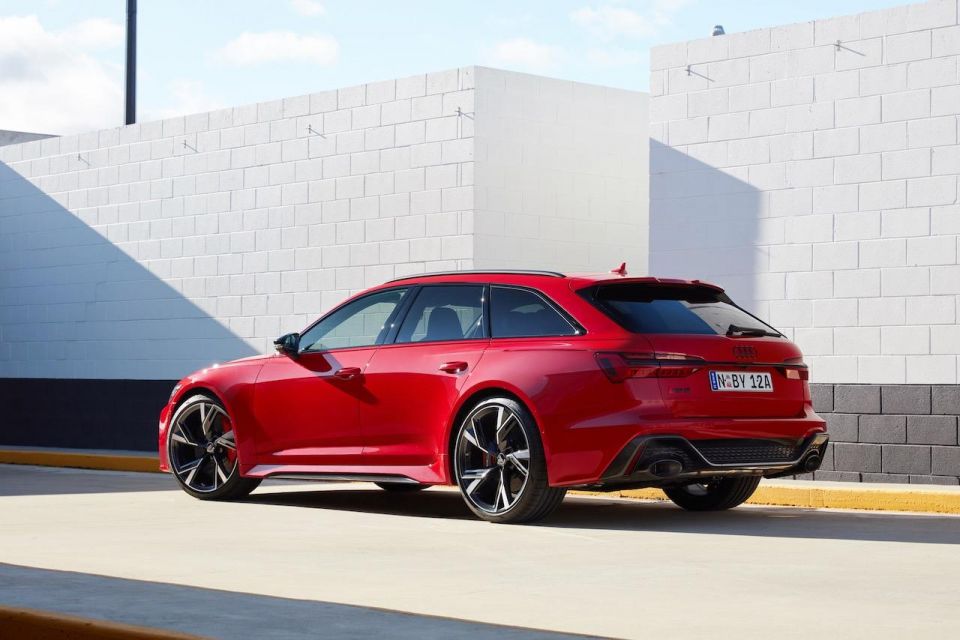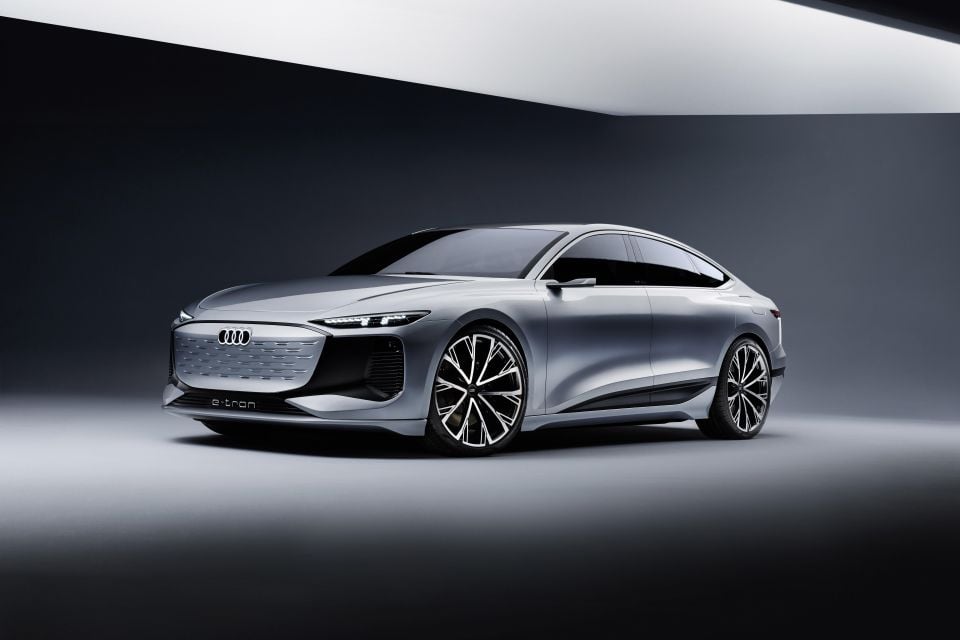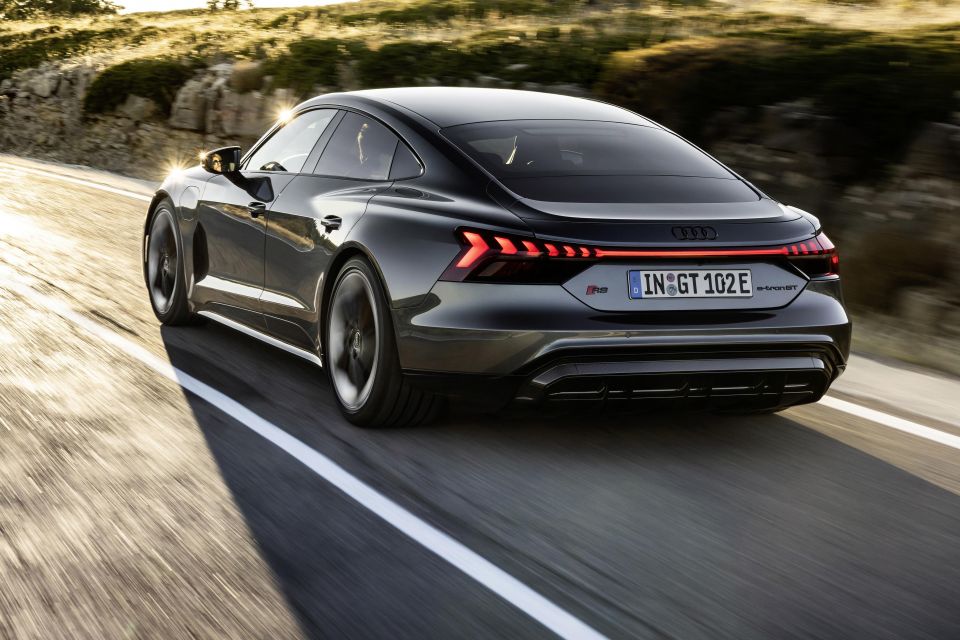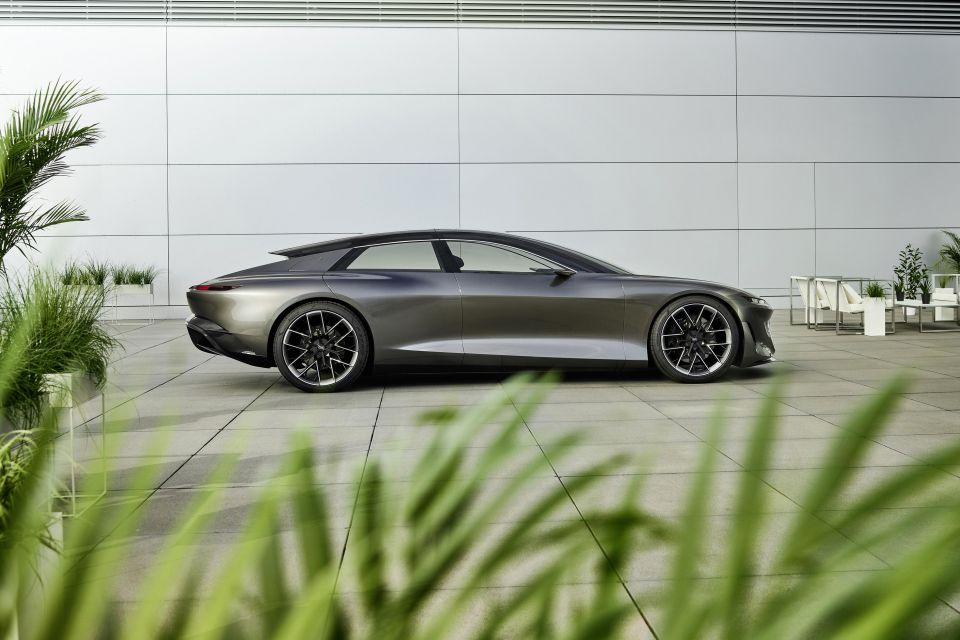

Matt Campbell
2025 Porsche 911 Carrera T review
6 Days Ago

Contributor
Audi reportedly has an electric successor to the hot RS6 wagon in the works.
Autocar reports the Ingolstadt brand could introduce an RS6 e-tron alongside the A6 e-tron in 2023.
Expect the RS6 e-tron to closely match the outputs of the e-tron GT RS, which produces 440kW and 830Nm from its dual-motor all-wheel drive system. This is good for a 0-100km/h sprint time of 3.3 seconds.
For reference, the current Audi RS6 pumps out 441kW and 800Nm from its twin-turbocharged 4.0-litre V8 engine.

Audi is expected to transition more of its S- and RS-badged performance vehicles to electric powertrains as it plans to roll out at least 20 electric vehicles by 2025 and launch its final internal-combustion engine vehicle by the same year.
Currently, the only vehicles to boast these high-performance badges are the hotted-up Audi e-tron GT RS, as well as the Audi e-tron S and e-tron S Sportback.
Both of these models have been delayed in Australia, with the e-tron S and e-tron Sportback now slated to arrive in early 2022 and the e-tron GT and e-tron GT RS expected to arrive at an unspecified point in 2022.
MORE: Audi e-tron S delayed until early 2022 MORE: 2022 Audi e-tron GT electric car delayed

The current RS6 might be a ballistic sport wagon, but it’s also designed to move families and their stuff.
Due to the way electric vehicles are packaged, the RS6 e-tron could offer more interior space than the current car.
Reports of an RS6 e-tron follow the reveal of the A6 e-tron concept earlier in 2021.
At the reveal, Audi said a wagon version of the A6 e-tron could be a possibility “if the market wants it”, with Audi executives going so far as saying they “can imagine” an RS6 e-tron.
The A6 e-tron will be the second Audi vehicle to use the rear-/all-wheel drive Premium Platform Electric (PPE) co-developed by Audi and Porsche, following the Q6 e-tron.
The architecture will also underpin, among other vehicles, the Porsche Macan EV.

An evolution of the J1 platform used in the Porsche Taycan and Audi e-tron GT, the PPE architecture can be used in vehicles with varying powertrain layouts, battery sizes, ride heights, as well as wheelbase lengths.
The A6 e-tron features a 100kWh lithium-ion battery, with Audi claiming an electric range of more than 700km on the stricter WLTP standard.
It can also be charged at DC fast-charging speeds of up to 270kW thanks to an 800V electrical architecture, which means you can add 300km of range in just 10 minutes.
Audi released outputs for the sportier version of A6 e-tron that’ll produce 350kW of power and 800Nm of torque, and said it’d offer the model with both single-motor rear-wheel drive and dual-motor all-wheel drive set-ups.

The largest application of the PPE architecture thus far is the Audi Grandsphere concept, which points to a future flagship Audi due by the middle of the decade.
Measuring in at 5.35m long, 2.0m wide, and 1.39m tall with a 3.19m wheelbase, the Grandsphere concept is longer and wider than a long-wheelbase A8 whilst being around 120mm lower.
The Grandsphere concept uses a 120kWh battery pack and a dual-electric motor all-wheel drive powertrain.
Total outputs are 530kW and 960Nm, with a claimed electric range of over 750km on the stricter WLTP standard and a 0-100km/h time of just over four seconds.

It has yet to be seen whether vehicles using the PPE architecture can feature powertrains with more than two electric motors.
The e-tron S and e-tron S Sportback models feature a tri-electric motor set-up, however they use an adapted version of Audi’s internal-combustion engine MLB architecture.
They produce a total system output of 320kW and 808Nm in its standard setting, with an overboost setting that bumps these figures to 370kW and 973Nm.

Where expert car reviews meet expert car buying – CarExpert gives you trusted advice, personalised service and real savings on your next new car.
Jack Quick is an automotive journalist based in Melbourne. Jack studied journalism and photography at Deakin University in Burwood, and previously represented the university in dance nationally. In his spare time, he loves to pump Charli XCX and play a bit of Grand Theft Auto. He’s also the proud owner of a blue, manual 2020 Suzuki Jimny.


Matt Campbell
6 Days Ago


James Wong
5 Days Ago


Max Davies
3 Days Ago


Josh Nevett
2 Days Ago


Josh Nevett
2 Days Ago


Paul Maric
18 Hours Ago